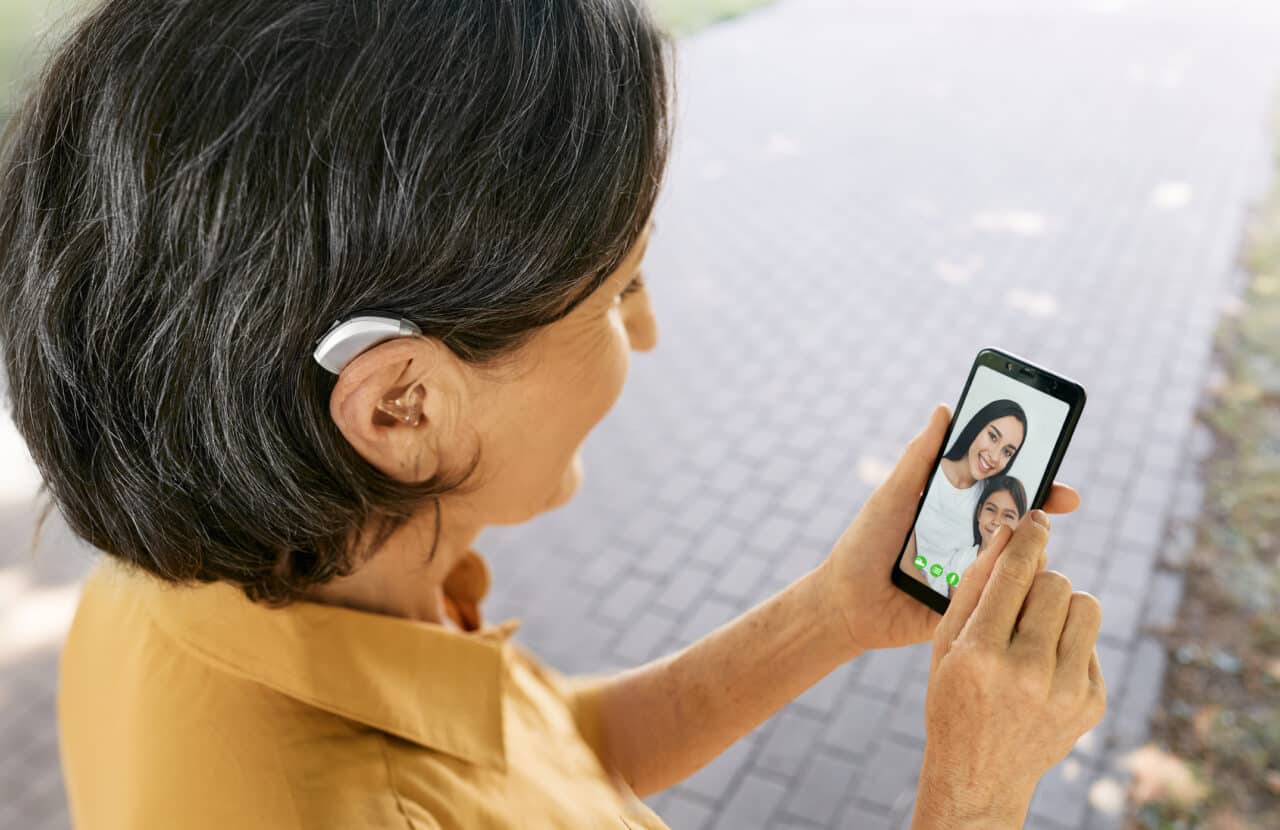Have you ever heard your voice on a recording and been surprised or upset by how it sounded? This is common phenomenon. Similarly, when you start wearing hearing aids, you may not like how your voice sounds. In fact, according to one 2020 study, “Dissatisfaction with the sound of one’s own voice is common among hearing-aid users.”
Fortunately, you will eventually adjust. We review how below.
Why Your Voice Sounds Different

When you speak, you mostly hear the sound of your voice via bone conduction. However, when you hear a recording of your voice, you hear it mostly through air conduction. Bone conduction makes your voice sound deeper and richer than it actually is.
Then, when you add hearing aids into the mix, you are able to hear your voice more through air conduction. Plus, your devices are picking up higher frequencies in your voice that you were likely missing before. Combined, these factors can cause your voice to sound different, usually higher.
What You Can Do
If you feel self-conscious about the sound of your voice, know this is completely normal for new hearing aid users. You should also keep in mind that, even if your voice sounds different to you, everyone is still hearing you the way they always have.
The best thing you can do to get used to the sound of your voice is practice listening to it. You can read a newspaper or book aloud to yourself when you’re at home or Central Park where it’s quiet so that you can acclimate to the way it sounds. After about a week, you should be comfortable with the sound of your voice again.
If you’re still bothered by it, you can talk to your audiologist about switching to an open dome hearing aid, like open fit or receiver-in-the-ear (RITE). These reduce the feeling of discomfort with your voice because they don’t fully block the auditory canal. Note, however, these devices are not suitable for all types of hearing loss.
For more information on the benefits of hearing aids or to schedule an appointment with a hearing aid expert, call Advanced Hearing today.



